Title: A NICER View of PSR J0030+0451: Millisecond Pulsar Parameter Estimation
Authors: Thomas E. Riley, Anna L. Watts, Slavko Bogdanov, et al.
First Author’s Institution: Anton Pannekoek Institute for Astronomy, University of Amsterdam, Science Park 904, 1090GE Amsterdam, The Netherlands
Status: Appears in an ApJ Letters Focus Issue on NICER Constraints on the Dense Matter Equation of State [open access on the arXiv]
What do pulsars’ magnetic fields look like?
Pulsars are rapidly rotating neutron stars with short and regular rotational periods, observed via their beams of electromagnetic radiation. These observed pulses are analogous to the light flashing on a lighthouse where observers can only see the light pulses once every rotation, when the beams are aligned along the line of sight. For rotation-powered pulsars, these light pulses are powered by the neutron stars’ rapid rotations and extremely strong magnetic fields; the canonical (standard) depiction of the magnetic fields that give rise to these pulses can be seen below in Figure 1.
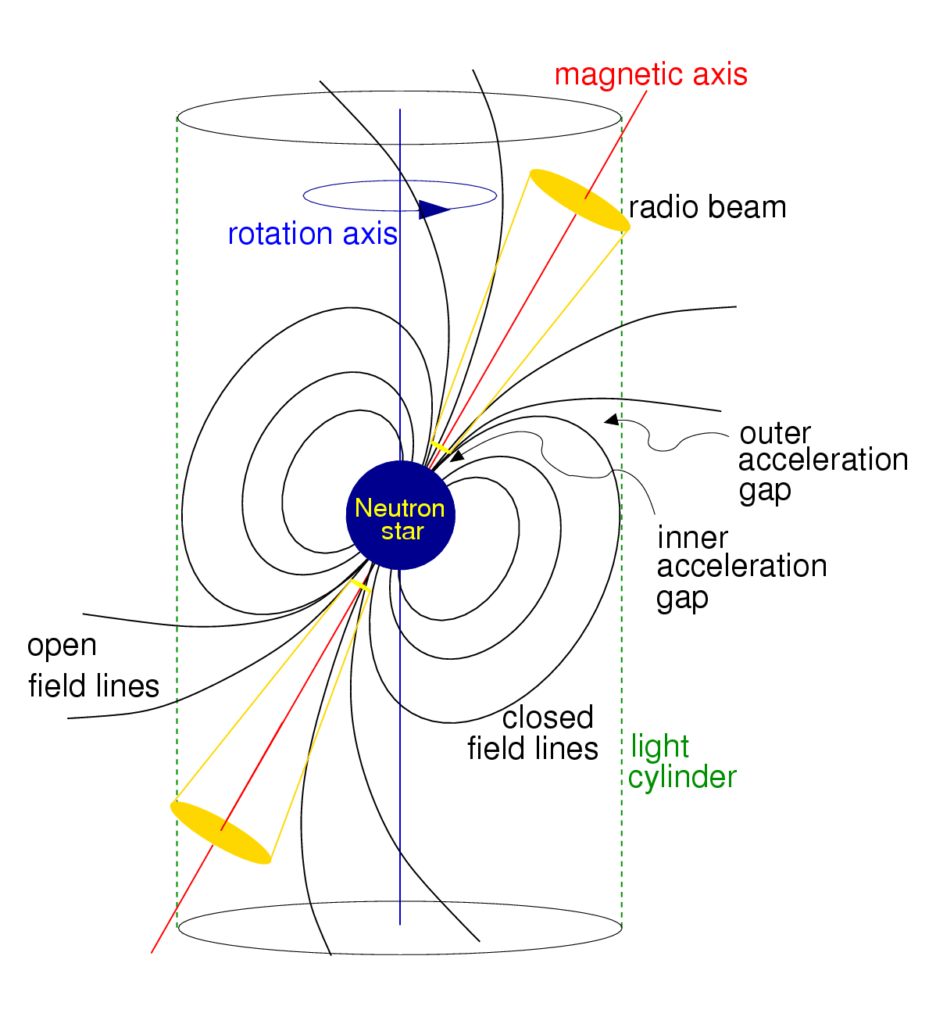
This “textbook view” of a pulsar’s magnetic field depends largely upon the simplifying assumption that the large-scale external magnetic field has a dipole configuration centered at the neutron star. Many of these dipole configuration models give rise to heated spots on the neutron star, where the hot regions are located on opposite poles; X-rays are emitted from these hot regions as the pulsar rotates. However, these dipole models are far from comprehensive, and understanding the mechanisms of pulsar emission is still an active area of research. Indeed, there is observational evidence for higher-order multipole moments (e.g. quadrupoles, octupoles, etc) present near the surface of neutron stars. However, the combination of limited computational power (required for numerically simulating these more complex magnetic fields), and no obvious choice of which alternate magnetic field configurations would better explain observed pulsar emission, makes it difficult to study models more complex than the dipole models.
A NICER development
The Neutron star Interior Composition ExploreR (NICER) is a NASA telescope installed aboard the International Space Station in 2017. With its high time resolution and unprecedented sensitivity in the soft X-ray band (0.2–12 keV), NICER has obtained some of the highest-quality pulse profiles (shape of observed pulses) of known X-ray pulsars. Today’s paper focuses on NICER data of one such pulsar, PSR J0030+0451. This pulsar is an isolated pulsar as well as a millisecond pulsar (since its rotation period is ~4.87 ms). It is one of the nearest observed millisecond pulsars, with a relatively well-constrained distance of 329 ± 9 parsecs (about 1070 ± 30 light years) away from Earth.
In this paper, the authors investigated models that would best explain the observed pulse profile of PSR J0030+0451. Since two distinctly occurring pulse components were observed, the tested models included two distinct hot regions on the surface of the neutron star, with shapes such as circular spots, ring-shaped regions, and crescents. Also tested was the standard configuration of identical hot regions on opposite poles of the neutron star, as well as more complex configurations where the two hot regions were independent and didn’t have to be located at opposite poles. The propagation of the radiation toward the observer (reconstructing the emission from the hot regions) and the instrumental response (the sensitivity of the instrument) were also included in the models.
Multiple methods were used to determine which physical configuration was optimal, including (but not limited to) evaluating the model evidence (also known as the marginal likelihood), i.e. how well the model answers the question “given a model, how likely is it that the observed data could have come from this model?” After exploring various different models, the authors found that the physical configuration which seemed to best explain the observed data had hot regions modeled as a small circular spot and an extended thin crescent, both located in the same hemisphere of PSR J0030+0451 (Figure 2).
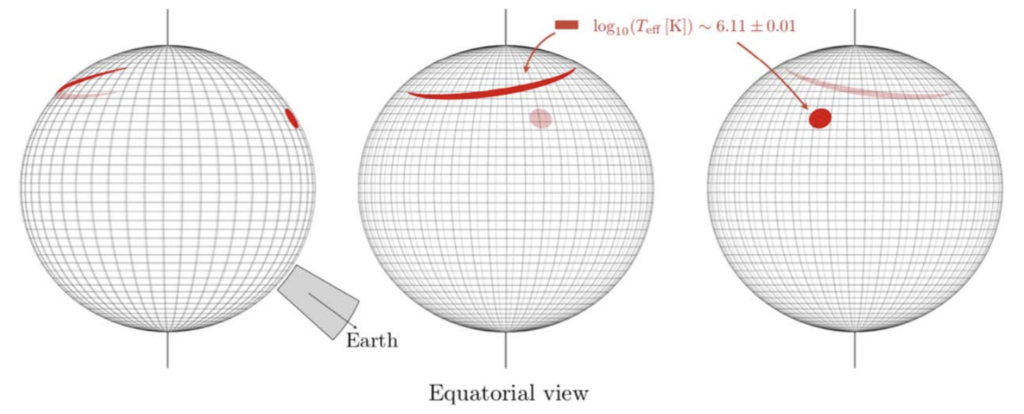

Today’s study found that the canonical “textbook view” of pulsar magnetic field configurations, where the resulting hot regions are located on opposite poles of the neutron star, was a strongly disfavored model for PSR J0030+0451. A comparison between hot regions from a canonical magnetic field configuration (using gamma-ray and radio pulses), and from the optimal configuration found in today’s paper, can be seen in Figure 3. This extraordinary finding—where the configuration of the pulsar’s hot regions is much more complex than standard models predict—agrees with another independent study of NICER data of PSR J0030+0451, which found a strikingly similar result. For an animated visualization of the inferred hot regions from both studies, check out the embedded video below provided by NASA!
Astrophysical implications
The strange configuration of hot regions on a pulsar would have to have been created by a strange magnetic field configuration. Such a complex magnetic field configuration would have implications for studying pulsar emission mechanisms, such as perhaps modifying the interpretation of multi-wavelength emission from pulsars. Additionally, with the optimal model from today’s paper, the authors are able to provide an estimate of the mass and radius of the neutron star of PSR J0030+0451 (approximately 1.34 +0.15/-0.16 solar masses and 12.71 +1.14/-1.19 km, respectively). Constraints on the mass and radius of a neutron star are invaluable for studying its internal composition and the dense matter equation of state, which is a long-enduring astrophysical mystery. With the NICER mission, it is possible that the dense matter equation of state can finally be understood!

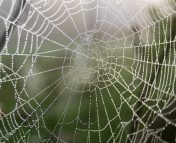

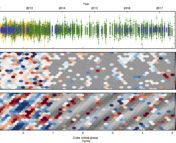
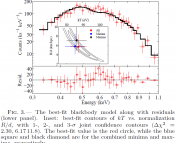
Trackbacks/Pingbacks